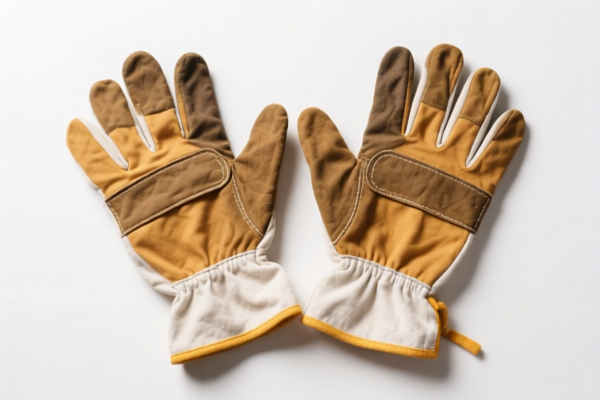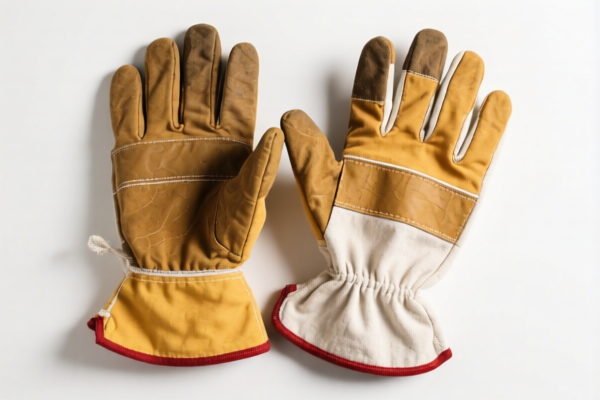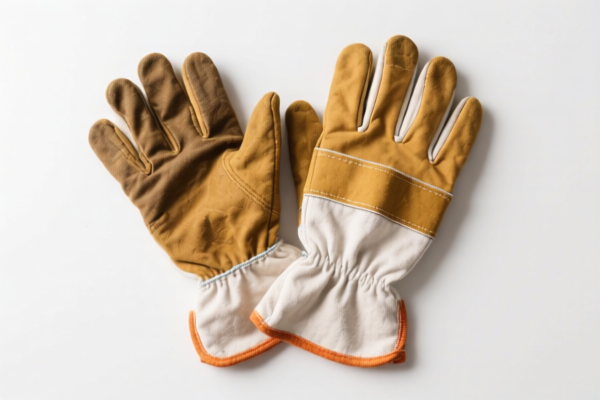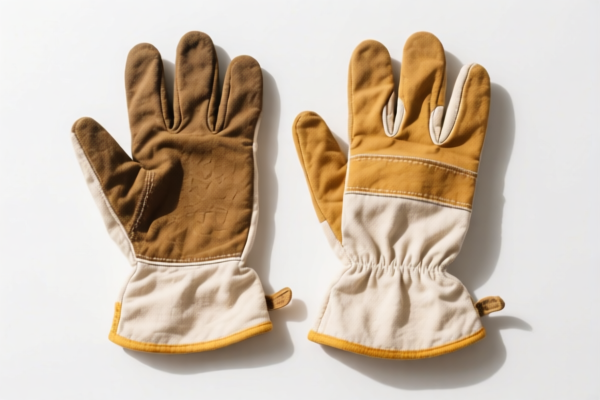| HS Code | Official Doc | Tariff Rate | Origin | Destination | Effective Date |
|---|---|---|---|---|---|
| 6216003500 | Doc | 32.8% | CN | US | 2025-05-12 |
| 3926201010 | Doc | 30.0% | CN | US | 2025-05-12 |
| 3926909950 | Doc | 42.8% | CN | US | 2025-05-12 |




Okay, let's break down the HS codes and relevant information for your "GARDENING GLOVES" declaration. Here's a structured analysis, aiming for clarity and helpful guidance:
Understanding HS Codes: A Quick Primer
The Harmonized System (HS) code is a globally standardized system of names and numbers used to classify traded products. It's crucial for determining tariffs, regulations, and statistical tracking. The first six digits are generally consistent worldwide, while additional digits can vary by country.
Analysis of Provided HS Codes
Here's a breakdown of each code you've received, with explanations and recommendations:
1. Composition leather with a basis of leather or leather fiber… (HSCODE: Not Provided)
- Chapter 42: Articles of leather; saddlery and harness; travel goods, handbags and similar articles; articles of animal gut. This chapter covers products made from leather or composition leather.
- Potential Use: This code might apply if your gardening gloves are made primarily of composition leather (a material that includes leather fibers but isn't pure leather).
- Important Considerations:
- Material Composition: The exact percentage of leather fiber vs. other materials is critical. If the leather content is minimal, this code may not be appropriate.
- Further Subdivisions: Within Chapter 42, there are specific codes for different types of leather articles. You'll need to determine the most accurate subdivision based on the glove's construction.
- Tax Rate: Tax rate will depend on the specific HS code.
2. Gloves, mittens and mitts: Other: Of cotton: Other gloves, mittens and mitts… (HSCODE: 6216.00.35.00)
- Chapter 62: Articles of apparel and clothing accessories, knitted or crocheted. This chapter covers clothing items made using knitting or crocheting techniques.
- 6216: Gloves, mittens and mitts. This is the specific heading for handwear.
- 6216.00: Gloves, mittens and mitts, knitted or crocheted.
- 6216.00.35.00: Other gloves, mittens and mitts, of cotton. This code is for cotton gloves that don't fall into more specific categories.
- Tax Details:
- Basic Duty: 2.8%
- Additional Duty: 0.0%
- Post April 2, 2025: Additional Duty of 30% will be applied.
- Total Tax: 32.8%
- Important Considerations:
- Material Verification: Crucially, confirm the gloves are primarily cotton. If other materials (e.g., polyester, nylon) make up a significant portion, this code is incorrect.
- Knitted/Crocheted Construction: Ensure the gloves are actually knitted or crocheted. If they are woven or made using another method, a different code is needed.
- Sport-Specific Design: The description mentions "specially designed for use in sports." If your gardening gloves are clearly designed for gardening (e.g., reinforced palms, specific grip features), this code might not be the best fit.
3. Seamless Surgical and medical (HSCODE: 3926.20.10.10)
- Chapter 39: Plastics and articles thereof. This chapter covers products made from plastic.
- 3926: Other articles of plastics and articles of other materials of headings 3901 to 3914.
- 3926.20: Articles of apparel and clothing accessories (including gloves, mittens and mitts).
- 3926.20.10.10: Seamless Surgical and medical.
- Tax Details:
- Basic Duty: 0.0%
- Additional Duty: 0.0%
- Post April 2, 2025: Additional Duty of 30% will be applied.
- Total Tax: 30.0%
- Important Considerations:
- Material Verification: Crucially, confirm the gloves are made of plastic.
- Medical Grade: This code is specifically for surgical and medical gloves. If your gardening gloves are not medical grade, this code is incorrect.
4. Other Face masks and shields, medical positioning or transport pads, medical waste containers or disinfectant wipes dispensers (HSCODE: 3926.90.99.50)
- Chapter 39: Plastics and articles thereof. This chapter covers products made from plastic.
- 3926: Other articles of plastics and articles of other materials of headings 3901 to 3914.
- 3926.90: Other.
- 3926.90.99.50: Other Face masks and shields, medical positioning or transport pads, medical waste containers or disinfectant wipes dispensers.
- Tax Details:
- Basic Duty: 5.3%
- Additional Duty: 7.5%
- Post April 2, 2025: Additional Duty of 30% will be applied.
- Total Tax: 42.8%
- Important Considerations:
- Material Verification: Crucially, confirm the gloves are made of plastic.
- Medical Grade: This code is specifically for medical grade products. If your gardening gloves are not medical grade, this code is incorrect.
Recommendations & Next Steps
- Material Composition is Key: The primary material of your gardening gloves will determine the correct HS code. Get a material analysis if necessary.
- Construction Method: How are the gloves made? (Knitted, woven, plastic molded, etc.)
- Intended Use: Are they specifically designed for gardening, or are they general-purpose gloves?
- Review the Full HS Code List: Consult the official HS code nomenclature for Chapter 62 (apparel) and Chapter 39 (plastics) to see if there are more specific subdivisions that fit your product.
- Consider Certification: Depending on the intended use and destination country, you may need specific certifications (e.g., EN standards for safety, material compliance).
- Check with Customs: When in doubt, it's always best to consult directly with the customs authorities in the importing country. They can provide definitive guidance on the correct HS code and any applicable regulations.
Disclaimer: I am an AI assistant and cannot provide legally binding customs advice. This information is for general guidance only. Always verify with official sources and consult with a qualified customs broker or consultant.
Customer Reviews
The page had a lot of information, but I found it a bit confusing at first. It would help to have a quick summary of the most relevant HS codes for gardening gloves at the top.
I found the info about the 30% tariff rate for HS Code 3926201010 really useful. It saved me time researching the correct classification for plastic gardening gloves.
The HS Code 3926201010 explanation was very helpful. I now understand that plastic gloves might fall under this code, but I need to confirm if they're medical-grade.
Clear breakdown of HS Code 6216003500 and the 32.8% tariff rate. Great for understanding the costs for exporting cotton gardening gloves to the US.